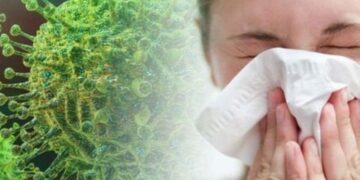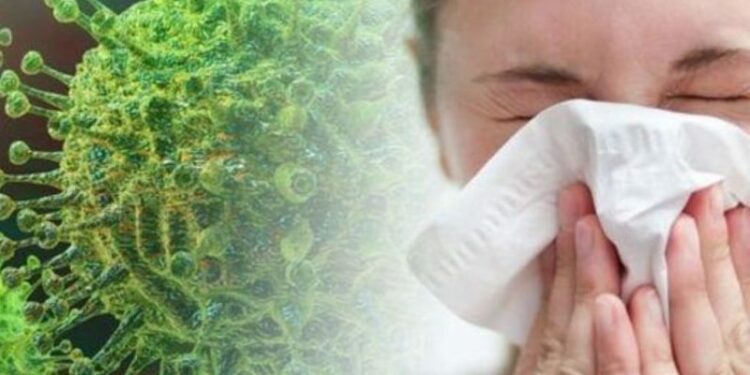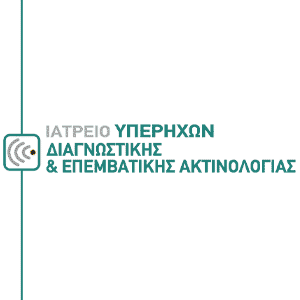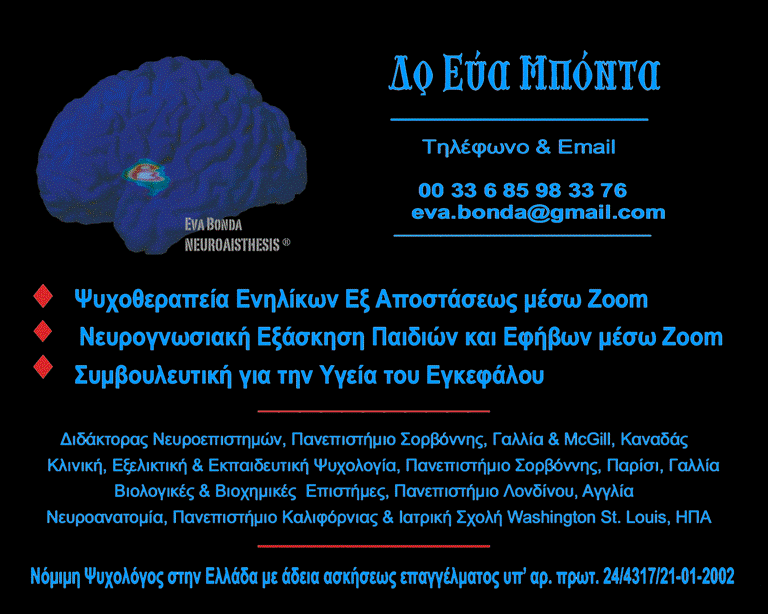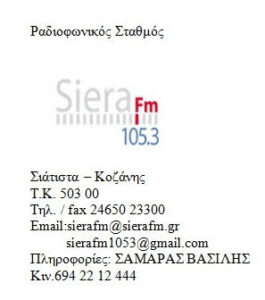Νέες οδηγίες εξέδωσε το ECDC για την περίοδο της καραντίνας λόγω κορονοϊού. Σε έκθεση που δημοσιεύθηκε την Παρασκευή, 28 Ιανουαρίου, το ECDC αναφέρεται στην περίοδο επώασης, δηλαδή στο χρονικό διάστημα μεταξύ της έκθεσης και της πρώτης εμφάνισης συμπτωμάτων.
Η περίοδος επώασης
Για μόλυνση με τον κορονοϊό, η περίοδος επώασης εκτιμήθηκε το 2020 ότι κυμαίνεται από 1 έως 14 ημέρες. Πλέον, νέα στοιχεία δείχνουν ποικίλες περιόδους επώασης. Για παράδειγμα, αν μολυνθεί κάποιος με τη μετάλλαξη Όμικρον χρειάζεται μικρότερη περίοδο επώασης σε σχέση με τη μετάλλαξη Δέλτα, με μέση περίοδο επώασης τις 3 ημέρες.
Το ECDC τονίζει πως η όποια απόφαση για τον τερματισμό της καραντίνας πρέπει να είναι σε ισορροπία τόσο με το ότι το άτομο δεν πρόκειται να μεταδίδει πλέον τον ιό όσο και με τις επιπτώσεις της απομόνωσης στο συγκεκριμένο άτομο.
Επίσης, το ECDC σημειώνει πως η διάρκεια της προστασίας από τον εμβολιασμό μπορεί να αλλάξει ανάλογα με στοιχεία που προκύπτουν.
Πότε τελειώνει η καραντίνα
Οι ασθενείς με COVID-19 μπορεί να τερματίσουν την απομόνωση στο σπίτι ή να πάρουν εξιτήριο, αν νοσηλευθούν, αφού εξεταστούν οι εξής παράγοντες:
- η κλινική επίλυση ή βελτίωση των συμπτωμάτων,
- ο χρόνος που έχει παρέλθει από την έναρξη των συμπτωμάτων,
- η σοβαρότητα της νόσου,
- η ανοσολογική κατάσταση,
- η επαγγελματική κατάσταση και/ή ευαισθησία όσων έχουν τακτική επαφή,
- οι κοινωνικοί παράγοντες ανάμειξης και
- οι ενδείξεις αρνητικών εξετάσεων PCR ή rapid από την ανώτερη αναπνευστική οδό.
Η αξιοπιστία των self test
Τα αυτοδιαγνωστικά τεστ (self test) θα μπορούσαν να χρησιμοποιηθούν ως επαρκής απόδειξη της θετικότητας, ιδιαίτερα εάν οι χώρες αντιμετωπίζουν μεγάλες αυξήσεις της συχνότητας εμφάνισης νέων κρουσμάτων και πίεση στην ικανότητά τους για δοκιμές.
Ο έλεγχος μάλιστα, για να αποφασίσει για τον τερματισμό της απομόνωσης, θα πρέπει ιδανικά να ξεκινά μετά τη βελτίωση των συμπτωμάτων και από την τρίτη ημέρα μετά την έναρξη των συμπτωμάτων.
Σημειώνεται πως η εγκυρότητα των αυτοδιαγνωστικών τεστ τα καθιστά λιγότερο κατάλληλα από τα PCR και τα rapid τεστ για την απόφαση τερματισμού της απομόνωσης, αλλά μπορούν να ληφθούν υπόψη αν δεν υπάρχει άλλος τρόπος.
Άρση καραντίνας σε μη πλήρως εμβολιασμένους
Για ασυμπτωματικές, ήπιες ή μέτριες περιπτώσεις COVID-19 σε μη πλήρως εμβολιασμένα άτομα, θα πρέπει να ακολουθείται η απομόνωση έως ότου ληφθούν δύο αρνητικά τεστ rapid ή PCR με διαφορά τουλάχιστον 24 ωρών, ανάλογα με τη διαθεσιμότητα και την ικανότητα δοκιμής ή μέχρι την ολοκλήρωση 10 ημερών από την ημερομηνία λήψης του δείγματος ή την ημερομηνία έναρξης των συμπτωμάτων.
Η απομόνωση θα πρέπει να συνεχιστεί εάν το τεστ παραμένει θετικό.
Άρση της καραντίνας σε εμβολιασμένους
Για ασυμπτωματικές, ήπιες ή μέτριες περιπτώσεις COVID-19 σε πλήρως εμβολιασμένα άτομα, μπορεί να εξεταστεί το ενδεχόμενο μείωσης της περιόδου απομόνωσης σε έξι ημέρες μετά την έναρξη των συμπτωμάτων, εάν τα συμπτώματα έχουν υποχωρήσει και με αρνητικό rapid ή PCR.
Η απομόνωση θα πρέπει να συνεχιστεί εάν το τεστ είναι θετικό την έκτη ημέρα.
Πλήρως εμβολιασμένα άτομα είναι τα άτομα που έχουν λάβει ένα πλήρες αρχικό πρόγραμμα εμβολιασμού κατά του COVID-19 εντός των τελευταίων έξι μηνών, χωρίς να συμπεριλαμβάνονται τα εμβόλια μιας δόσης, ή έχουν λάβει αναμνηστική δόση εμβολίου COVID-19.
Σε χώρες ή περιοχές όπου η μετάλλαξη Όμικρον είναι κυρίαρχη, η περίοδος που καθορίζει τον πλήρη εμβολιασμό (μετά από έναν αρχικό σειριακό ή αναμνηστικό εμβολιασμό δύο δόσεων) μπορεί να μειωθεί σε τρεις μήνες.
Πηγή: ethnos.gr
